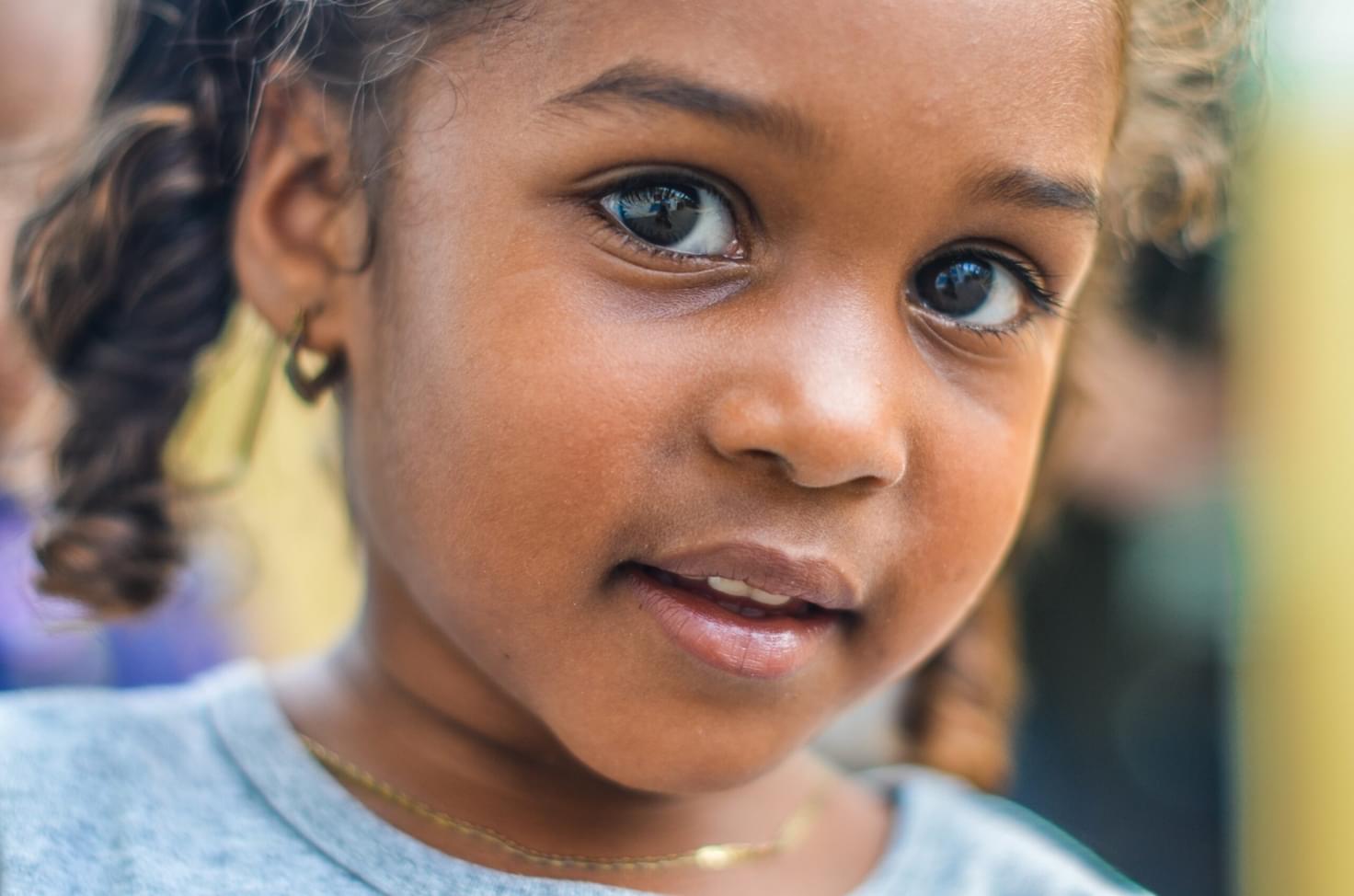
Words by Tess Becker
Poverty can have an overwhelming impact on nearly every aspect of life. Nearly 40 million people in the US, or around 10% of the population, live in poverty. Worldwide, that percentage is similar, with 719 million people lacking sufficient funds. That figure doesn’t include people living just above the poverty line who could easily slip into poverty themselves.
Of the 74 million children living in the US, 11 million live in poverty, and the negative effects of poverty on children is more profound. It impedes their development in nearly every way, from mental and emotional needs to physical and nutritional development. This significantly reduces their chances in education.
“Consider two children born in 2000, one in a very high human development country, the other in a low human development country,” a study says. “Today the first has a more than 50-50 chance of being enrolled in higher education: More than half of 20-year-olds in very high human development countries are in higher education. In contrast, the second is much less likely to be alive.”
Poverty drastically increases the mortality rate for everyone, especially those under 18.
“Some 17 percent of children born in low human development countries in 2000 will have died before age 20, compared with just 1 percent of children born in very high human development countries. The second child is also unlikely to be in higher education: In low human development countries only 3 percent are.”
These issues can manifest as early as the womb, where if the mother lacks nutrients it can lead to insufficient growth of the fetus, and potentially premature birth. The kids that are born under those conditions are much more susceptible to early death.
“Deaths in the first month of life, which are mostly preventable, represent 47 percent of total deaths among children under five,” UNICEF states.
Past that stage, the developmental gaps for kids in poverty continue to grow compared to their peers, and those gaps are incredibly hard to make up. Deprivation in early childhood development can close doors later in life, trapping them in a life without resources, support, opportunity, and hope for improvement or change.
“Without proper support and attention from caregivers, a child's brain development is stunted, early learning is hindered, developmental milestones are missed, and a child can suffer from preventable disabilities, illnesses, and even death,” Compassion International writes.
So what can we do?
Providing accessible and affordable food as well as early childhood development programs for children and their families is essential. This includes services such as educational support and training.
Put succinctly, to attack the problem there needs to be ways to close the gaps opened by by poverty.
Charity check-in
At Smiley Movement, we like to elevate the work of charities across the world. Here are three charities whose causes align with the themes in this article.
Oxfam. A global organisation tackling poverty and inequality while standing up for refugees and victims of the climate emergency. Find out more.
Christian Aid. This organisation campaigns globally and offers support on the ground to people affected by poverty, inequality, conflict and disasters. Support here.
ActionAid. A charity working globally to support women and children through local, grassroots initiatives. Discover their work.